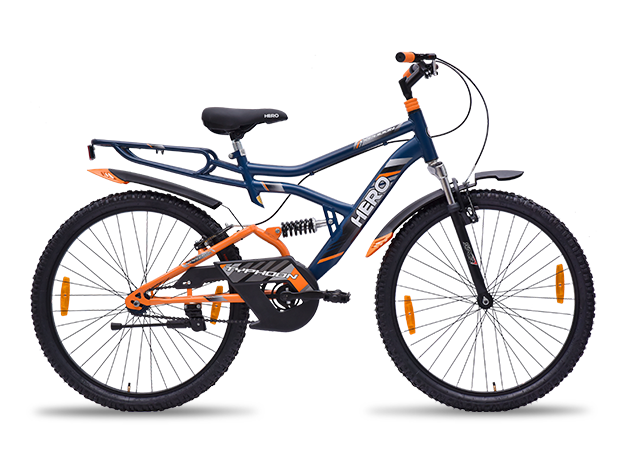Ride with care: A guide to an injury-free mountain bike ride

Mountain biking is a thrilling outdoor activity that allows riders to explore rugged terrain, conquer challenging trails, and experience the beauty of nature first-hand. While the adrenaline rush of speeding down steep descents or navigating technical obstacles is undeniably exhilarating, it’s essential for riders to prioritize safety and injury prevention. In this guide, we’ll delve into essential tips and techniques to ensure a safe and injury-free mountain bike ride, covering everything from proper equipment and trail etiquette to effective riding techniques.
Proper Equipment for Safety and Comfort
-
Invest in Quality Gear:
When it comes to mountain biking, having the right equipment can make all the difference in safety and comfort. Invest in a high-quality mountain bike that suits your riding style and preferences, whether it’s a full-suspension trail bike or a nimble hardtail. Additionally, ensure that your bike is properly fitted to your body size and proportions to prevent strain or discomfort during rides.
-
Protective Gear is Non-Negotiable:
Protecting yourself from potential injuries is paramount when mountain biking. Always wear a properly fitted helmet to safeguard your head in the event of a fall or collision. Additionally, invest in knee pads, elbow pads, and gloves to protect vulnerable areas from abrasions and impacts. Consider wearing padded shorts or pants for added protection during rough rides.
Trail Etiquette and Safety Measures
-
Know Before You Go:
Before hitting the trails, familiarize yourself with the terrain and difficulty level of the route you plan to ride. Research trail conditions, elevation gain, and any potential hazards or obstacles you may encounter along the way. Be aware of local regulations and trail etiquette, including yielding to other trail users and respecting the natural environment.
-
Ride Within Your Limits:
One of the most important aspects of injury prevention in mountain biking is knowing your skill level and riding within your limits. Avoid attempting trails or features that are beyond your current abilities, as this increases the risk of accidents or injuries. Gradually challenge yourself to improve your skills and confidence over time, but always prioritize safety first.
Effective Riding Techniques for Injury Prevention
-
Maintain Proper Body Positioning:
Proper body positioning is crucial for stability, control, and injury prevention when mountain biking. Keep your weight centered over the bike, with elbows and knees slightly bent to absorb impacts. Shift your body weight as needed to navigate turns, descents, and technical features while maintaining balance and control.
-
Brake Wisely and Smoothly:
Effective braking is essential for maintaining control and stability on the trails. Practice using both front and rear brakes simultaneously, modulating pressure to maintain traction and prevent skidding. Avoid sudden or excessive braking, as this can cause loss of control and increase the risk of crashes or injuries.
Recovery and Injury Management
-
Listen to Your Body:
Pay attention to any signs of discomfort or fatigue during rides, as these may indicate overexertion or potential injury. Take breaks as needed to rest and rehydrate, and don’t hesitate to seek medical attention if you experience persistent pain or discomfort after a ride.
-
Implement Proper Recovery Techniques:
After a challenging ride, prioritize proper recovery techniques to help your body recover and repair from exertion. Stretching, foam rolling, and gentle massage can help alleviate muscle soreness and prevent stiffness. Stay hydrated and refuel with nutritious foods to replenish energy stores and support muscle recovery.
Enjoying a safe and injury-free mountain bike ride requires careful preparation, proper equipment, and effective riding techniques. By investing in quality gear, respecting trail etiquette, and riding within their limits, riders can minimize the risk of accidents and injuries while maximizing the enjoyment of their outdoor adventures. Remember to prioritize safety at all times, listen to your body, and seek professional guidance if needed. With the right precautions and mindset, mountain biking can be a rewarding and exhilarating activity that offers endless opportunities for exploration and adventure. So, gear up, hit the trails, and ride with care for a lifetime of unforgettable experiences on your mountain bike or sprint cycle.

